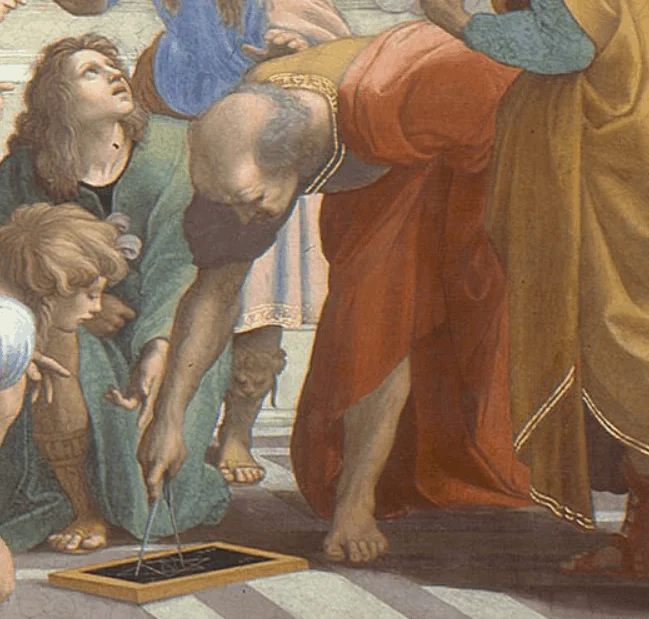This Italian architect left his permanent mark on architecture in Milan and Rome, and in this post, you’ll discover the ultimate list of Donato Bramante facts.
1. He was born in a small village in the Marche Region
Donato Bramante was born in the year 1444 in a small village called Fermignano, located in the hills of the Marche region in Italy.
This little town is located about 70 kilometers (43 miles) west of Ancona and about 35 kilometers (22 miles) southwest of Pesaro, in the east of the country. When Bramante was born, it was under the jurisdiction of the Duchy of Urbino.

2. He went by some other names as well
Bramante’s real name was Donato d’Augnolo, also sometimes referred to as Donato d’Agnolo. Later in life, he was being referred to as either Donato di Pascuccio d’Antonio or Bramante Lazzari as well.
3. He was more than just an amazing architect
He didn’t start out as an architect as he was also a very talented painter in his early years. Apart from painting, he also wrote over 80 sonnets in his lifetime.
This means he was more of a polymath who could become good at anything he put his mind to!

4. He became fascinated by architecture in Urbino
The year that Bramante was born, Federico da Montefeltro became the Duke of Urbino. He had big plans for the walled city and commissioned the construction of the Ducal Palace, which started in 1454.
While Bramante was hanging out with other painters in the town, he took note of the work of Luciano Laurana, who was adding an arcaded courtyard to the Ducal Palace in 1467.
This sparked his interest in architecture which would quickly become his main occupation because of the fact that he was extremely talented at it.

5. He was hired by the Duke of Milan in the 1470s
His talent for architecture was so impressive that he moved to Milan in the year 1474 and was hired by nobody else than the Duke of the city, Ludovico Sforza, also known as Ludovico il Moro.
This was about 8 years before another famous Italian polymath was hired by the same man, Leonardo da Vinci, who arrived in Milan in the year 1482.
Both these geniuses were hired by Sforza and basically became his court artists, completing several masterpieces.
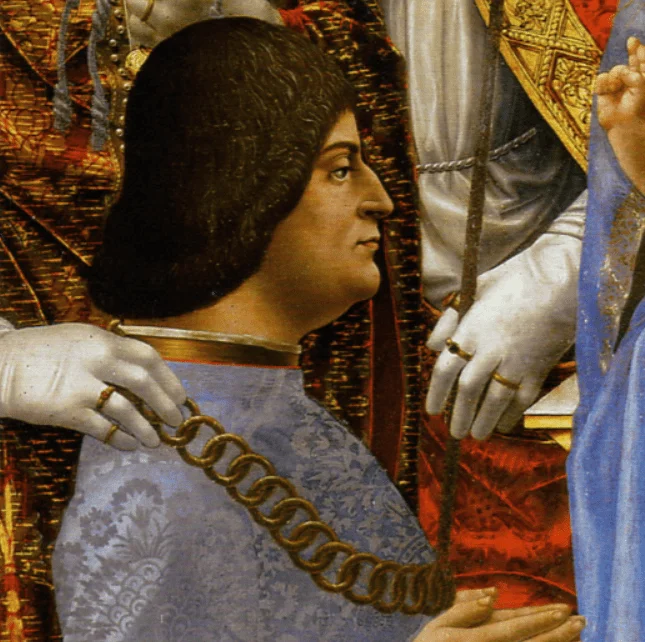
6. He invented the “false apse” referred to as “trompe l’œil”
One of the most fascinating Donato Bramante facts is that one of his commissions during his period in Milan resulted in a famous invention in the history of art.
He was ordered to create the choir of the “Santa Maria Presso San Satiro church” in Milan. Because the road didn’t allow for the choir to be expanded and he only had 90 centimeters (3 feet) to work with, he used a trick to make the choir appear much larger than it’s actually is.
This perspective illusion is referred to as “trompe l’œil,” which translates from French to “mistake of the eye.” It was here in the 1480s that this technique was used for the first time in history!

7. He went to Rome after completing several buildings in Milan
By the end of the 15th century, Bramante had to flee Milan because his boss was being driven out by an invading French army. That’s why he packed his bags in Milan in the year 1499 and headed for Rome.
During his period in Milan, he completed several projects, some of the most notable being the “Cloisters of the Basilica of Sant’Ambrogio” (1497) and the apse of the “Santa Maria delle Grazie” (1494), where we can also find the famous Last Supper painting by da Vinci.
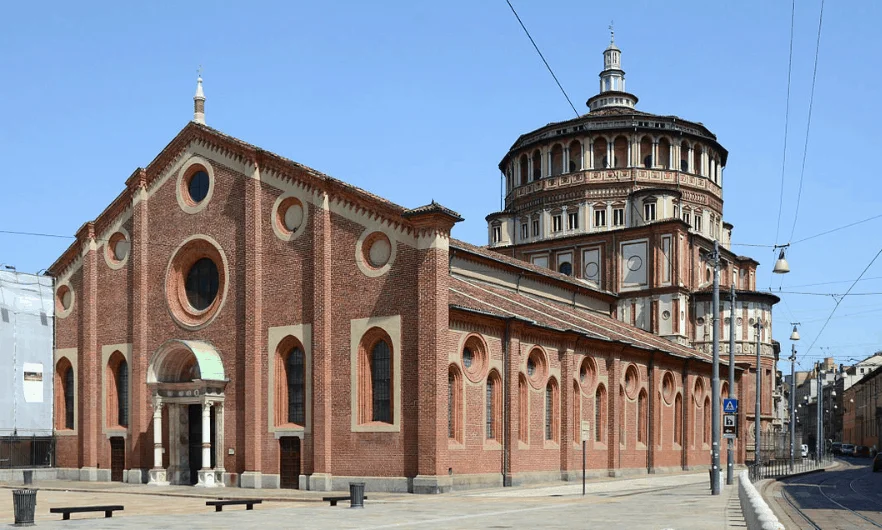
8. One of his masterpieces stands inside the courtyard of a church
Bringing along his reputation as the renowned architect of the Duke of Milan, it didn’t take long before he found another prestigious job in Rome. After all, Cardinal Della Rovere, who would become Pope Julius II, was a true connoisseur of art, hiring multiple other famous artists such as Raphael and Michelangelo as well.
In one of his first commissions, given by Ferdinand of Aragon and Isabella of Castile, he designed one of the most amazing structures of the High Renaissance referred to as the “Tempietto,” which translates to “small temple.” It was completed in 1512.
This masterpiece is located in the courtyard of the “San Pietro in Montorio” church in Rome and embodies the High Renaissance architectural style and actually marks the beginning of the High Renaissance in general.
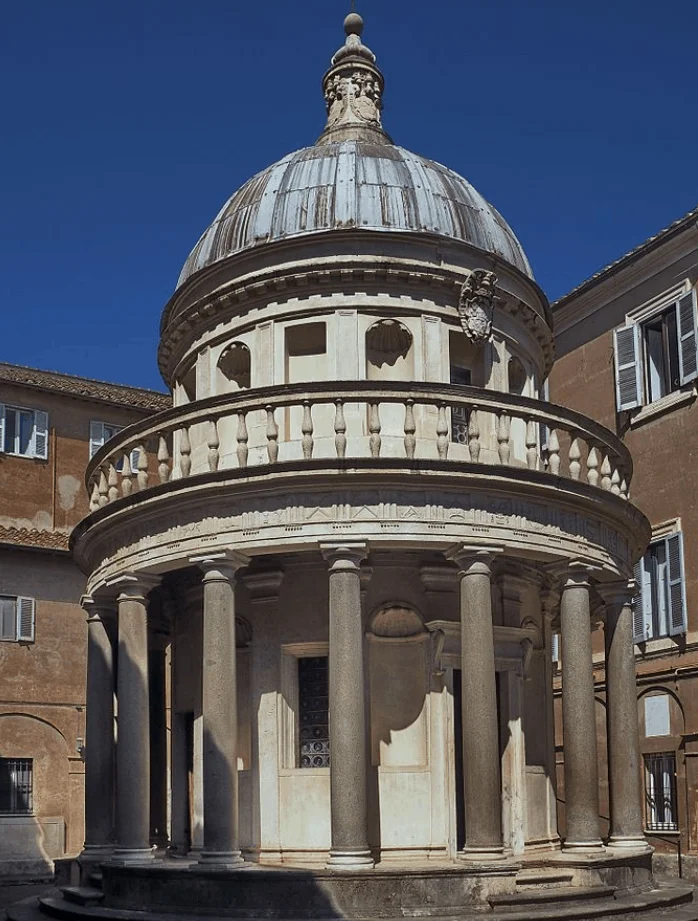
9. He started working on the largest church in the world in 1503
One of the most interesting Donato Bramante facts is that he will always be remembered as one of the architects of the biggest church in the world. Better yet, he laid the foundation of it by creating the first drafts of the ultimate plan to reconstruct St Peter’s Basilica!
Following the plan he created, the first stone of St Peter’s Basilica was laid on April 18, 1506. The church wouldn’t be completed until over a century later on November 18, 1626.

10. His plan for the St Peter’s Basilica’s dome resembled another famous dome
The original plan created by Bramante wasn’t exactly followed. It was Michelangelo who completed it among many others by seriously expanding the nave of the church and redesigning the church’s dome.
If the original plan of Bramante would have been followed, the church would have been in the form of a Greek Cross with 4 chapels between each of the equal transepts and each covered with a smaller dome.
Bramante designed the main dome in such a way that it resembles arguably one of the most famous domes in the world, that of the Pantheon in Rome. He even planned to build this dome using the same material as the Pantheon, Tufa concrete, while integrating a revised formula to ensure its sustainability.
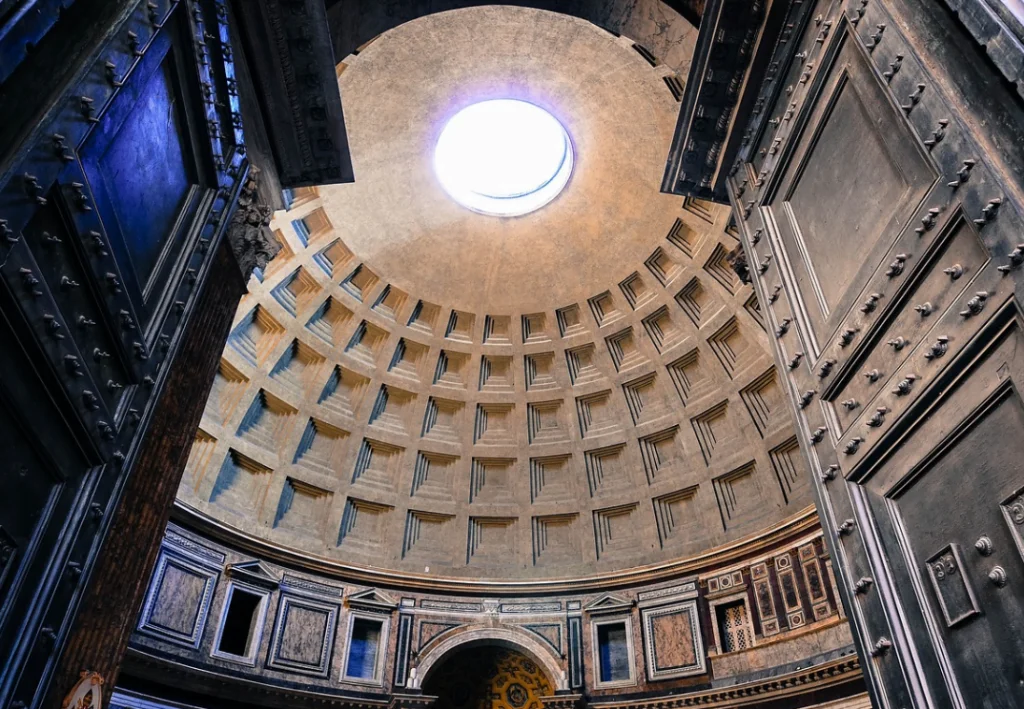
11. Bramante died less than 8 years after the first stone was laid
Bramante didn’t see much of the work completed because he died less than 8 years after the first stone of the St Peter’s Basilica was laid, on March 11, 1514.
In memory of the man, below is a picture of another one of his world-famous masterpieces, located in the Pio-Clementine Museum of the Vatican Museums, the Bramante staircase, which was completed in 1505.

12. Donato Bramante was depicted in one of Raphael’s most famous paintings
Perhaps one of the funniest Donato Bramante facts is that famous painter Raphael included him in one of his most famous paintings.
The School of Athens is located in one of the Raphael Rooms of the Apostolic Palace in the Vatican called the “Stanze della Segantura” and depicts numerous intellectuals and artists from history.
Bramante was depicted as Euclid, da Vinci as the leading figure Plato, and Michelangelo as Heraclitus.
